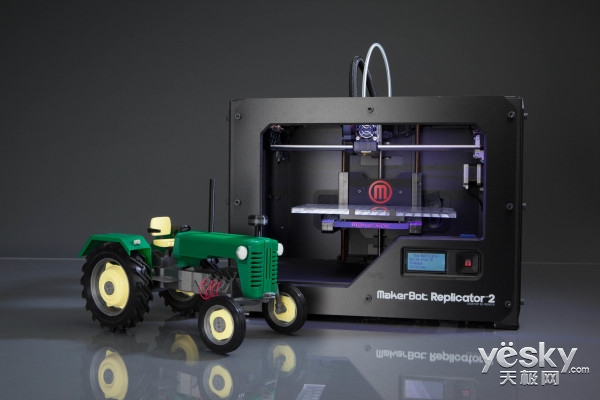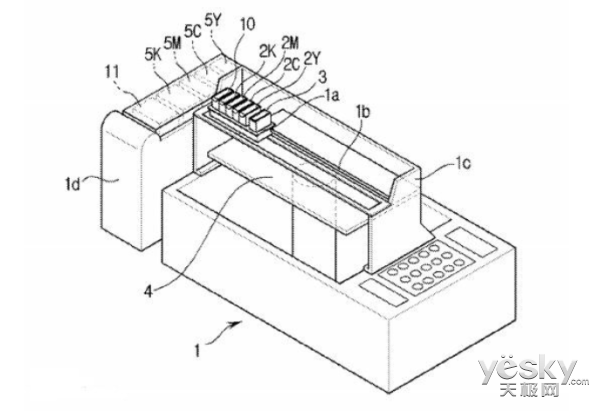What is the potential of analyzing 3D printing in the medical field?
According to market information agencies Allied Market Research survey data show that in 2015 to 2020, the average growth rate of the global 3D printing healthcare market is about 26.6%, 3D printing with full potential for applications in the medical industry. It is true that in recent years, industrial-grade 3D printing equipment has shown a good development trend in the fields of aerospace, automobile manufacturing, medical and health, and art reproduction. Thanks to factors such as high precision, solid products, and complex geometric models that can be replicated, more and more industry segments are willing to adopt 3D printing. Among them, medical and surgical centers account for two-thirds of the market share of 3D printing. The reason why the healthcare industry is happy to adopt 3D printing technology is because 3D printing has an unparalleled advantage in replicating geometric models. Initially, the application of 3D printing in the medical industry was in assistive care, such as manufacturing medical devices ; replicating patient site models. Because the medical industry has high requirements for the fineness of medical equipment, 3D printing meets the demand in this respect. The replicating patient site model plays an important role in the surgical procedure, and is often used for pre-operation before surgery to increase the success rate of the surgery. With the application of biocompatible materials, 3D printing has begun to involve the production of organs. We know that materials that are not biocompatible tend to cause exclusivity in the human body and cause various discomforts in the human body. Biocompatible materials are compatible with human organs for long-term survival of implanted organs. At present, 3D printing human organs are mainly embodied in limbs or bone organs. Active cell materials are in the research stage, and although they have been successfully applied in animals (white mice), their application in humans takes time and cannot be used clinically. According to data from Allied Market Research, application cases from medical and surgical centers account for two-thirds of the market share, and will be in the forefront for a long time to come. In addition to assisting medical care and manufacturing some human organs, 3D printing has a strong potential to provide customized, personalized medical devices.
The main material of acne patch is hydrocolloid, which is composed of hydroxymethyl cellulose, medical hot melt adhesive. Acne pimple patch is used to apply to the surface of acne, absorbing tissue secretions in a physical way and creating a moisture-balanced environment around the acne. Pimple patch acne has a flat back and neat edges, with no defects of decoupling. Lz pimple acne patch can absorb more than twice of its own tissue fluid. Acne patch salicylic is disposable. Keep skin clean before product use, do not apply any products, do not use with ointment. Cosrx acne patch is most effectively absorbed when the acne appears pus-filled. To use acne patches private label, remove the sticker, peel off the backing paper, apply it to the wound and gently press around it to fix it. Acne patches hydrocolloid is most effectively absorbed when the acne appears pus-filled. To use hydrocolloid acne patch, remove the sticker, peel off the backing paper, apply it to the wound and gently press around it to fix it. After the color of the microneedle acne patch changes from clear to white, replace the sticker. Pimple acne patch has good water resistance and can be used during makeup or bathing.
Hydrocolloid application,acne pimple patch,lz pimple acne patch,acne patch salicylic Henan Maidingkang Medical Technology Co.,Ltd , https://www.mdkmedicales.com

